If you’re seeking an authentic Japanese ski holiday, away from the crowds, immersed in local cuisine and culture, the 8 Peaks Resort is a hidden gem that delivers a complete experience.
Situated in Nagano Prefecture, this resort offers a far more relaxed atmosphere compared to bustling international ski destinations, yet it equally caters to families and snow enthusiasts of all ages and abilities writes Benjamin and Erin Tuffy.
Getting to 8 Peaks.
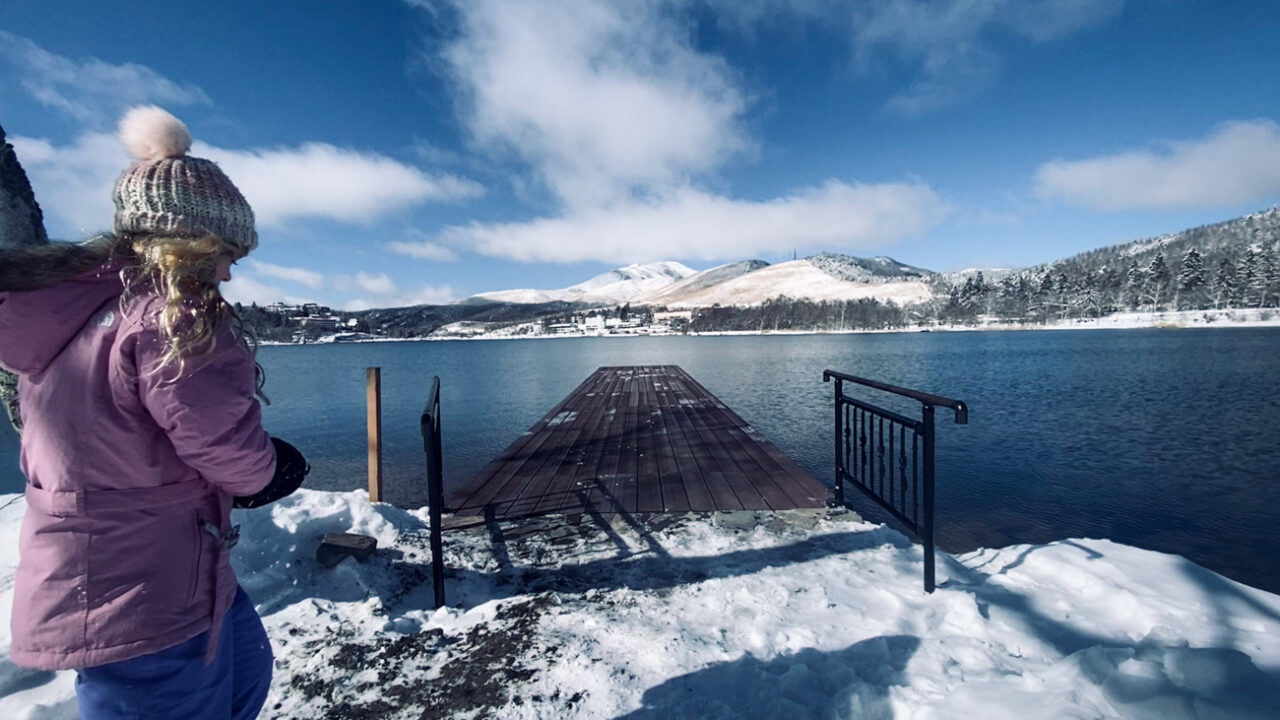
A casual 150 km journey from Tokyo, accessible via a direct bus from the airport or Shinkansen followed by a bus ride, brings you to 8 Peaks in approximately 3-4 hours, traversing a scenic mountain road that unveils vistas of Mount Fuji on clear days.
With its inland location, the region enjoys 80% sunshine days throughout the ski season, boasting European Alpine-like ski conditions. This makes it ideal for both novice and seasoned skiers, while particularly appealing to those seeking a less crowded destination. Moreover, the resort offers a plethora of kid-friendly activities both on and off the slopes, ensuring a memorable experience for the whole family.
Ikenotaira Hotel – A hidden gem.
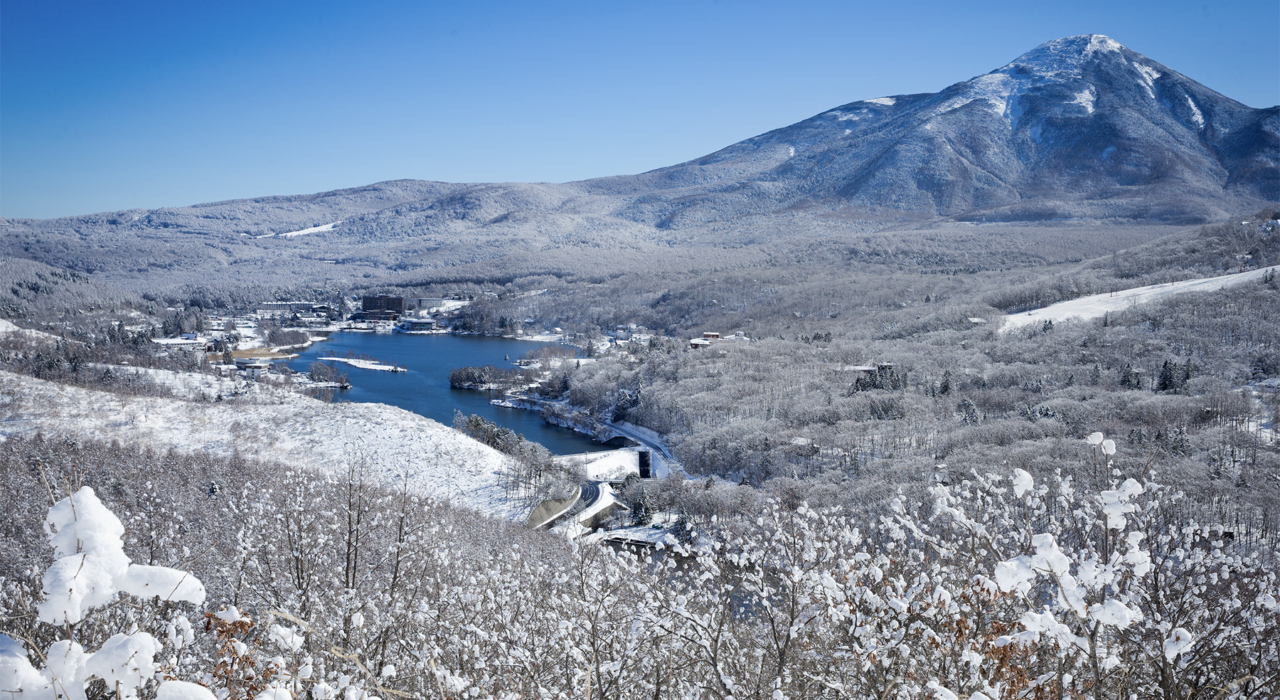
Nestled along the picturesque shores of Lake Shirakaba, renowned for its breathtaking scenery and azure skies, our family stayed at the Ikenotaira Hotel—a true jewel in the region, having undergone a multimillion-dollar transformation in 2023/2024.
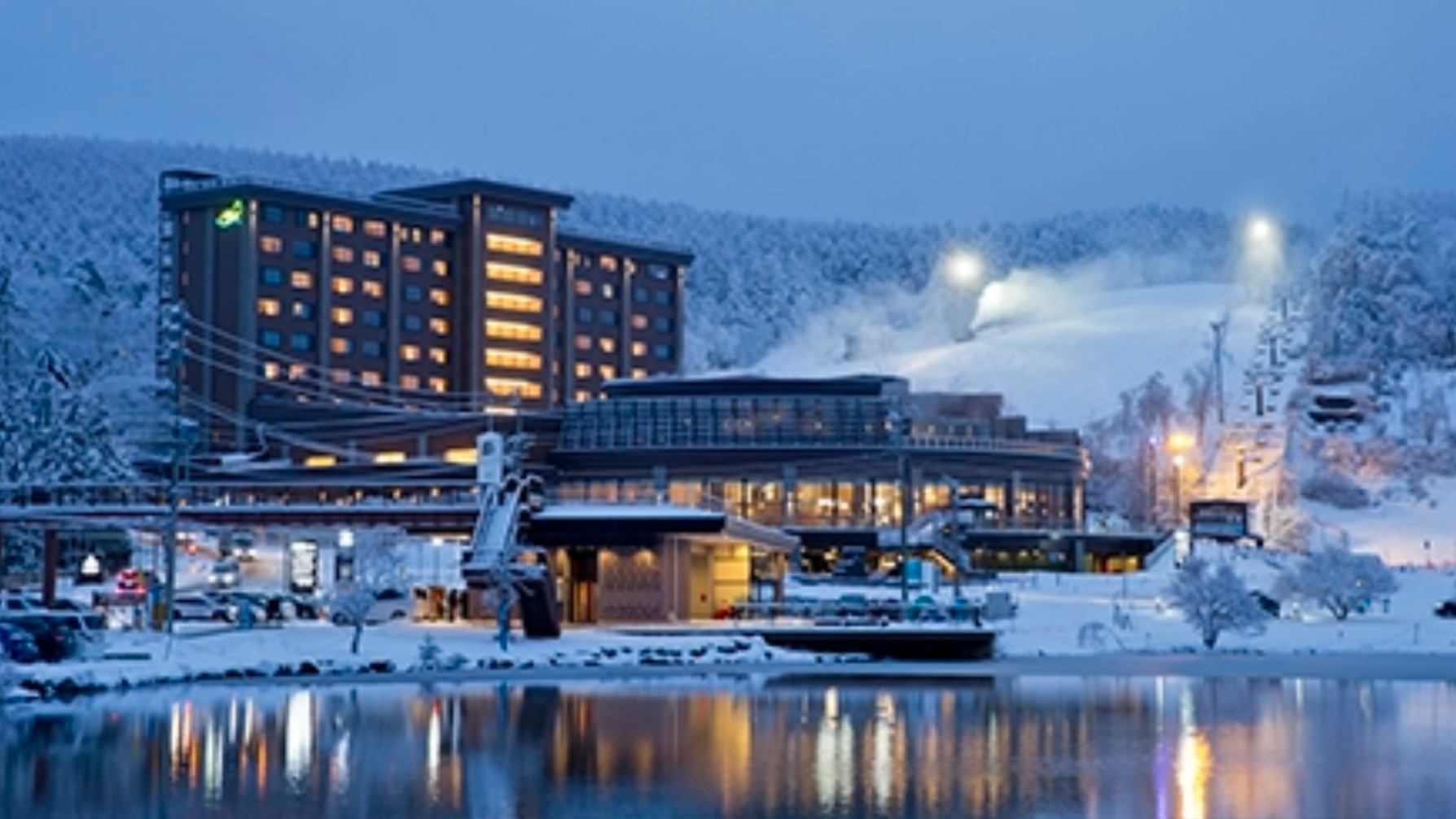
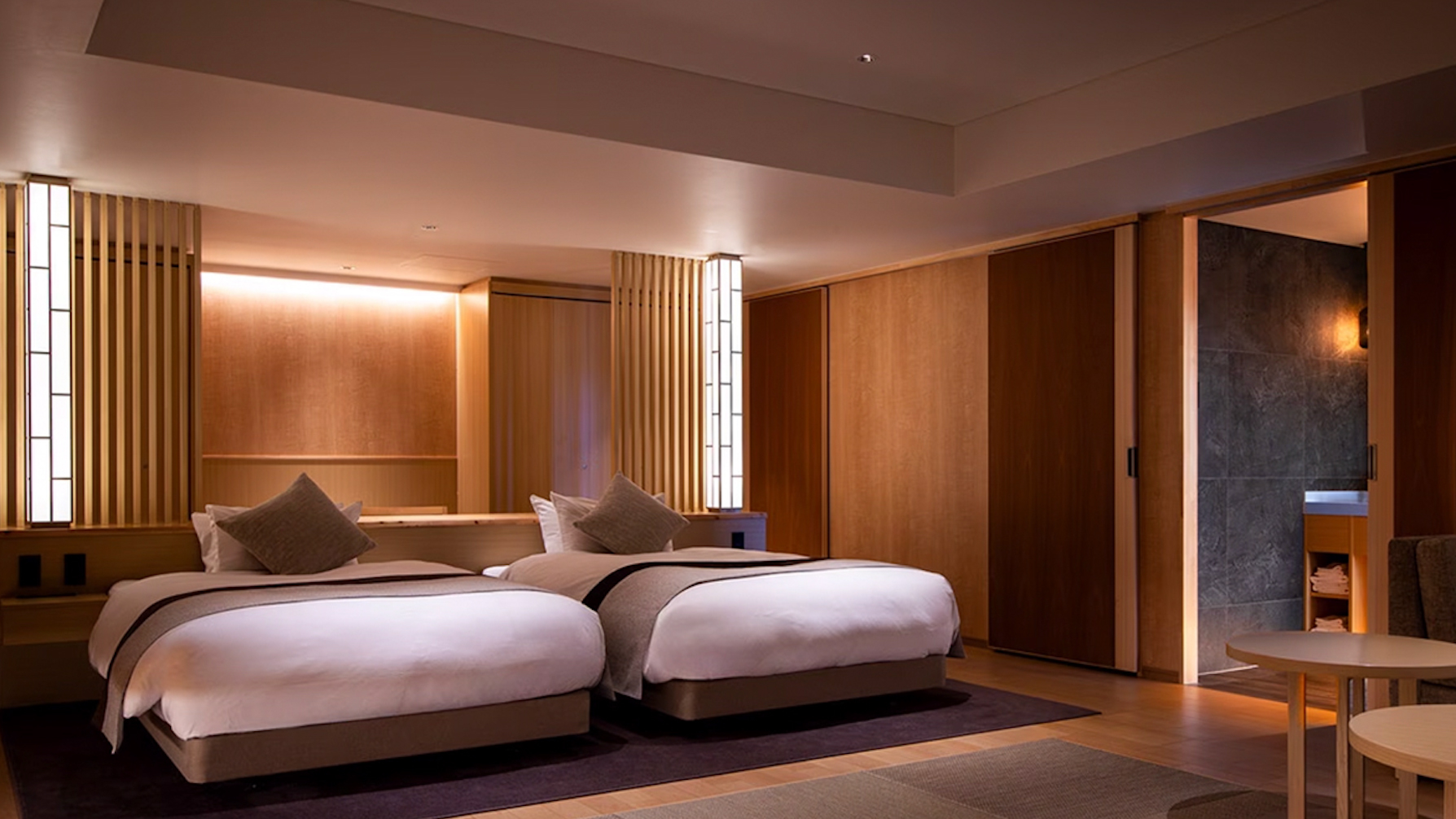
As we embarked on our journey through Japan’s snow-covered landscapes, this gem emerged as a haven for our young family of avid skiers. The Ikenotaira Hotel welcomes guests with a seamless blend of modern sophistication and traditional Japanese allure. On arrival, we were greeted by our exceptional guide, Itsubo-San (now a BFF), and the hotel’s owner, Yajima Yoshihiro–– a very inviting and humble man. It was a privilege to receive a personal tour from him, as he shared stories of the hotel’s history and outlined his plans for renovations and improvements through 2024.
Stepping into the foyer and our very warm and cozy room, we were immediately struck by the elegant timber accents and the sweeping vistas of Shirakaba Lake visible through expansive windows. It was evident from the outset that we were in for a treat.
Yet, the allure of Ikenotaira transcended its luxurious accommodations. Dining at the hotel became an adventure in itself, with buffet-style meals featuring an array of regional delicacies. From succulent seafood to delectable beef, every palate was catered to with Japanese precision. A dedicated kids’ buffet station added a playful touch, allowing our little ones to dine like royalty in their Yukata (Kimono-style pajamas) while indulging in their favorite treats.
Within the hotel’s premises, two shopping areas beckoned us all with a curated selection of local delicacies, sake, crafts, skincare products, toys, and ski apparel. Coupled with an après-ski bar and a hotel lobby adorned with an opulent fireplace and grand piano, there was no shortage of sights and experiences to explore.
And the hotel’s recreational facilities were truly exceptional—even before the renovations are complete. It housed a bowling alley, two levels of claw machines and arcade games reminiscent of those found in Akihabara, and an indoor pool with a waterslide (the stuff kids’ dreams are made of)—all contributed to an atmosphere dedicated to leisure and play, leaving us with always something to do, see, and experience any time of day… just wish we had more time there to do it all.
In essence, our stay at the Ikenotaira Hotel was a perfect mix of luxury, adventure, and warmth—a truly unforgettable experience that exceeded all expectations.
So, is it 8 Peaks you can ski?
Well, not exactly. “8 Peaks” in Japanese is “Yatsugatake,” and the old Japanese word for “8” also means “a lot,” so there are not literally 8 peaks to ski but rather a mountain range with many peaks. These peaks lie beyond this ski region, giving the 6 ski areas the name of “8 Peaks” in English. With elevations ranging between 1500m and 2237m above sea level, this area is known for 80% blue sky days and fair-weather skiing, perfect for young families!
The 6 ski areas offer a variety of ski terrains, and the season runs from November to April. The two areas we had the pleasure to visit were first Shirakaba Kogen, with its 6 courses and a mix of beginner and intermediate runs, making it the perfect location to find our ski legs again! The kids were well taken care of by a local ski instructor, Koji, who engaged them in learning and fun, allowing us parents to hit the slopes.
Retro infrastructure reminiscent of the ski boom era added to the character of the area, and we were treated to some of the best Ramen we had in Japan for lunch!
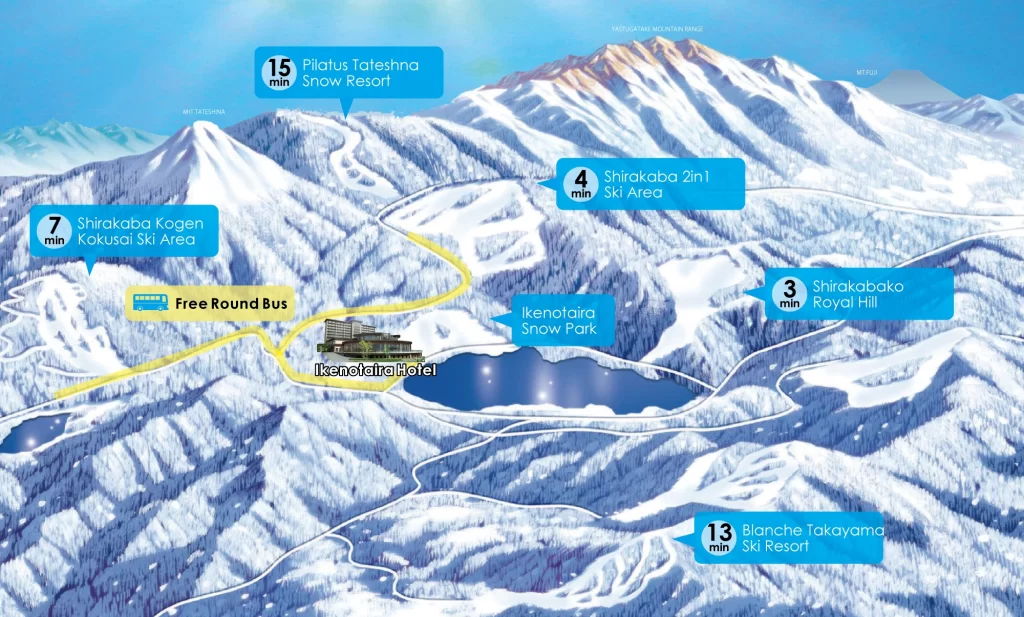
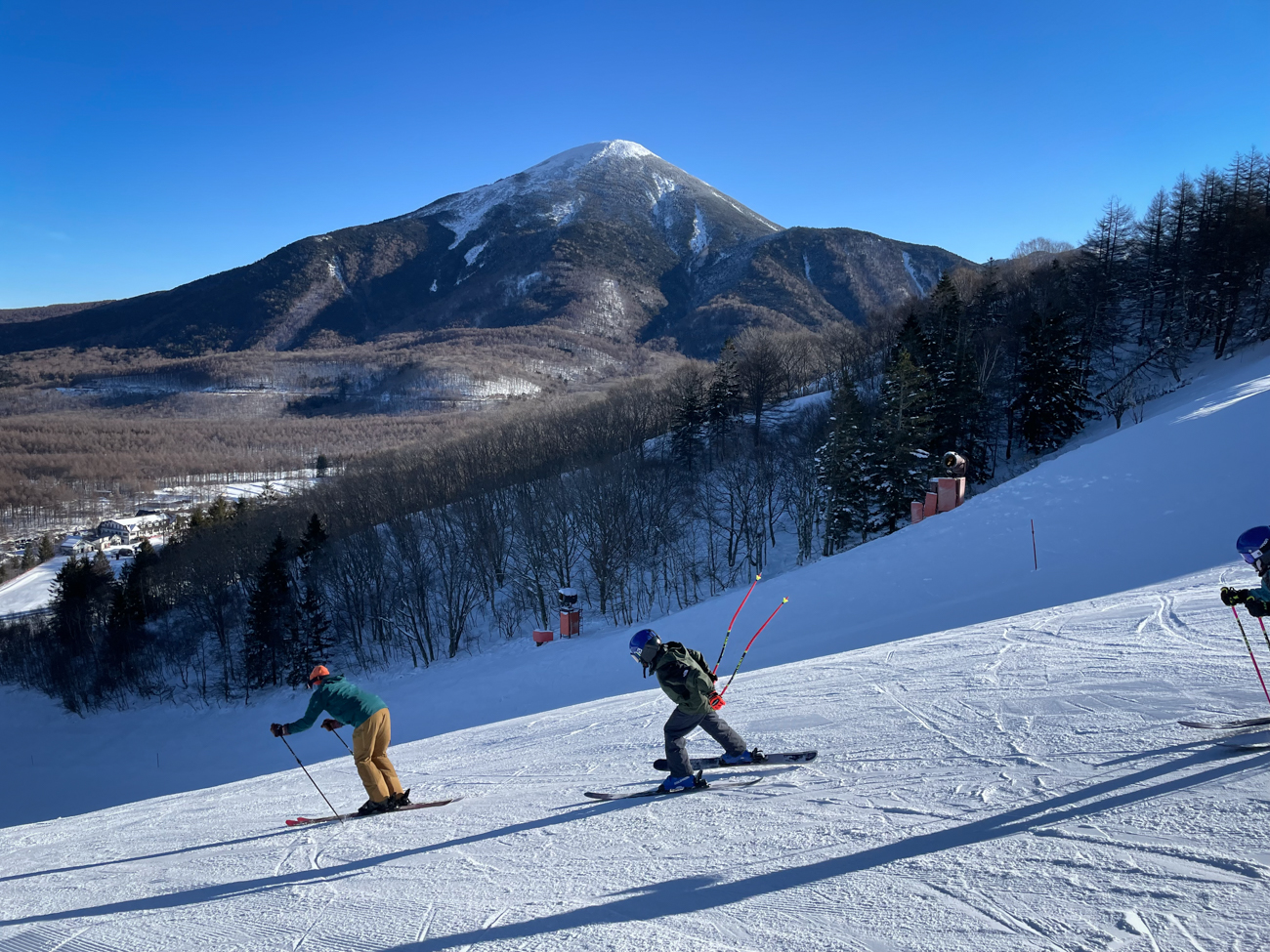
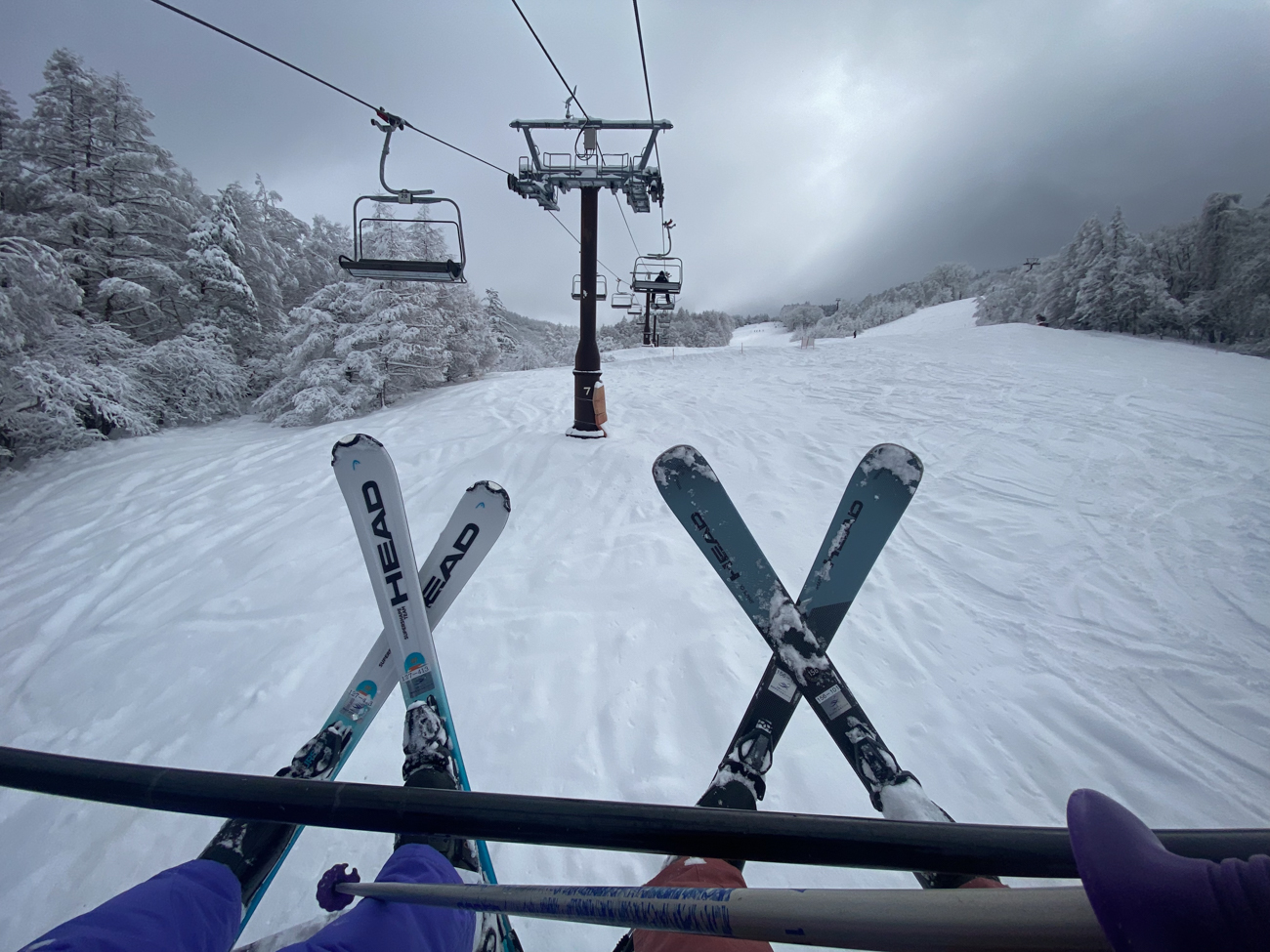
The appeal of this region lies particularly for a family of travelers with mixed skills such as ours, as it is somewhat waiting to be rediscovered by the hordes of international tourists that you may find in other regions of Japan. We found ourselves with the luxury of space, and the slopes were not crowded, which made skiing with children so much more enjoyable and less anxiety-provoking!
Our second location was the Shirakaba 2 in 1, where, as the name suggests, there are two mountain areas to explore. With 6 lifts, 40% beginner, 40% intermediate, and 20% advanced, it caters well to a family of mixed skill levels, and the kids were absolutely besotted with the children’s snow playground, complete with sleds, bikes, tubes, and even a play bus.
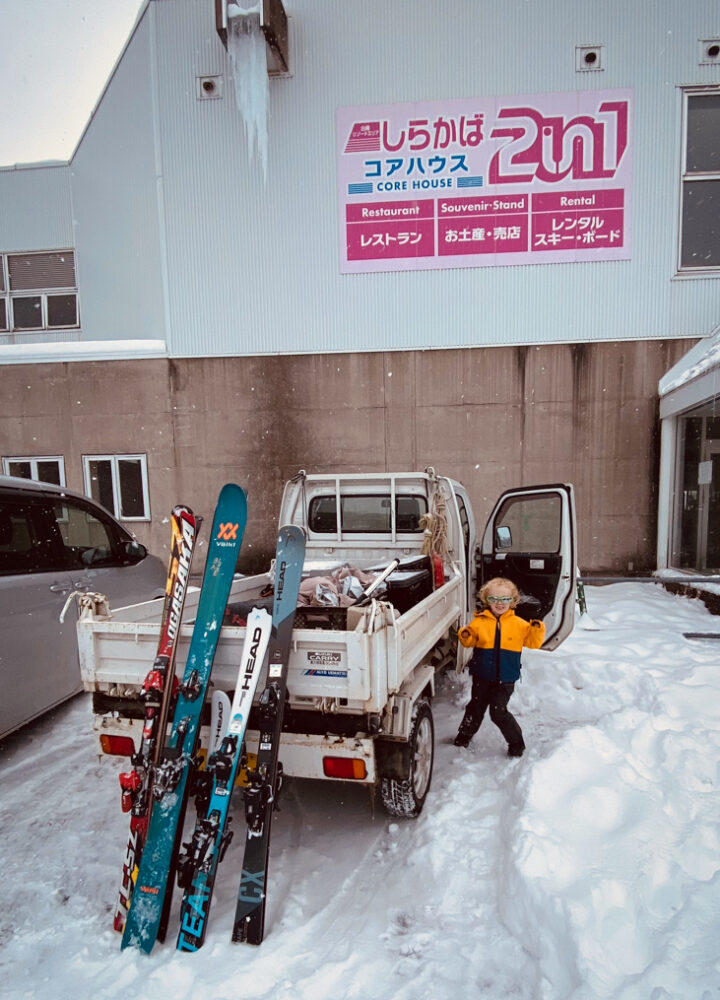

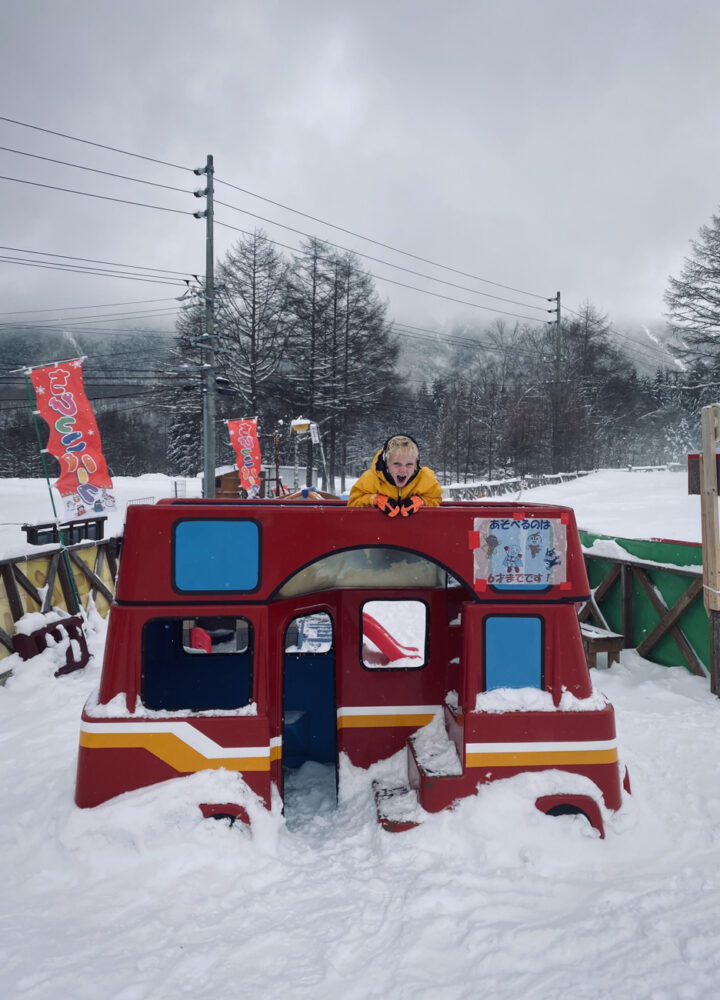
Again, the infrastructure had everything you need for a day on the slopes, from a café and gift shop to private booth areas, but here the highlight was the deliciously authentic chicken curry lunch served from the onsite restaurant.
After the fun of the day on the slopes, unwinding in the hotel’s onsen became a main attraction in itself. The natural hot springs, complemented by breathtaking snowy vistas over Lake Shirakaba, provided the perfect setting for relaxation, and the option of a unisex onsen meant we could all enjoy it together as a family.
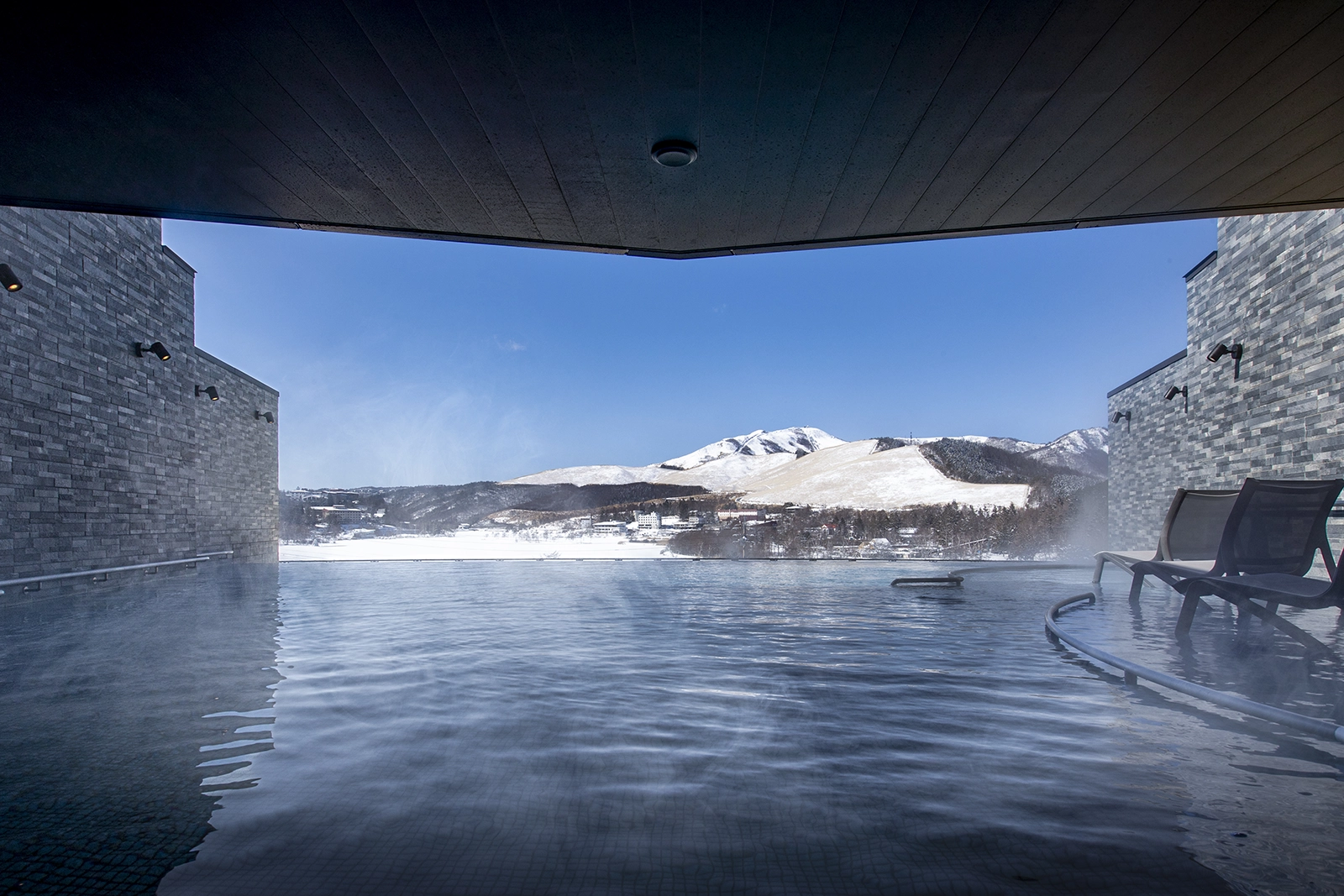
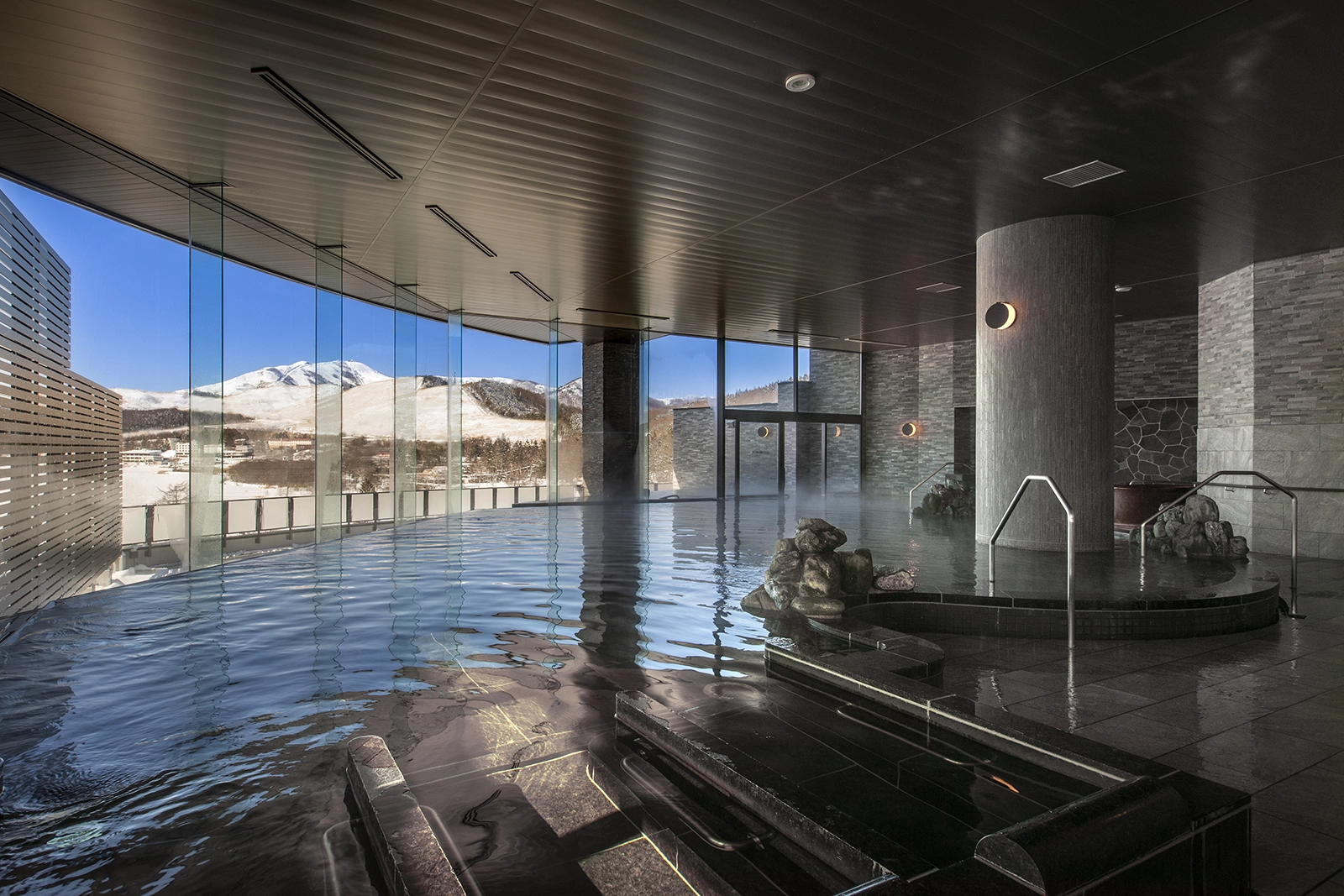
Exploring Nagano.
Beyond the skiing and cozy rooms, our adventures continued with cultural day trips. With so much to see, from a teddy bear museum to local food and shrines.
We spent one of our days exploring the historic Japanese national treasure, Matsumoto Castle, with its hidden passages and pre-Edo artifacts, igniting the imagination of our two curious youngsters, it was a real step back in time. Constructed around 1593-1594 during the Bunroku era, Matsumoto Castle boasts the oldest five-tiered, six-story keep in Japan. Located just 60 kilometers from Ikenotaira, the drive proved to be a welcome journey and rest-day off the mountain.
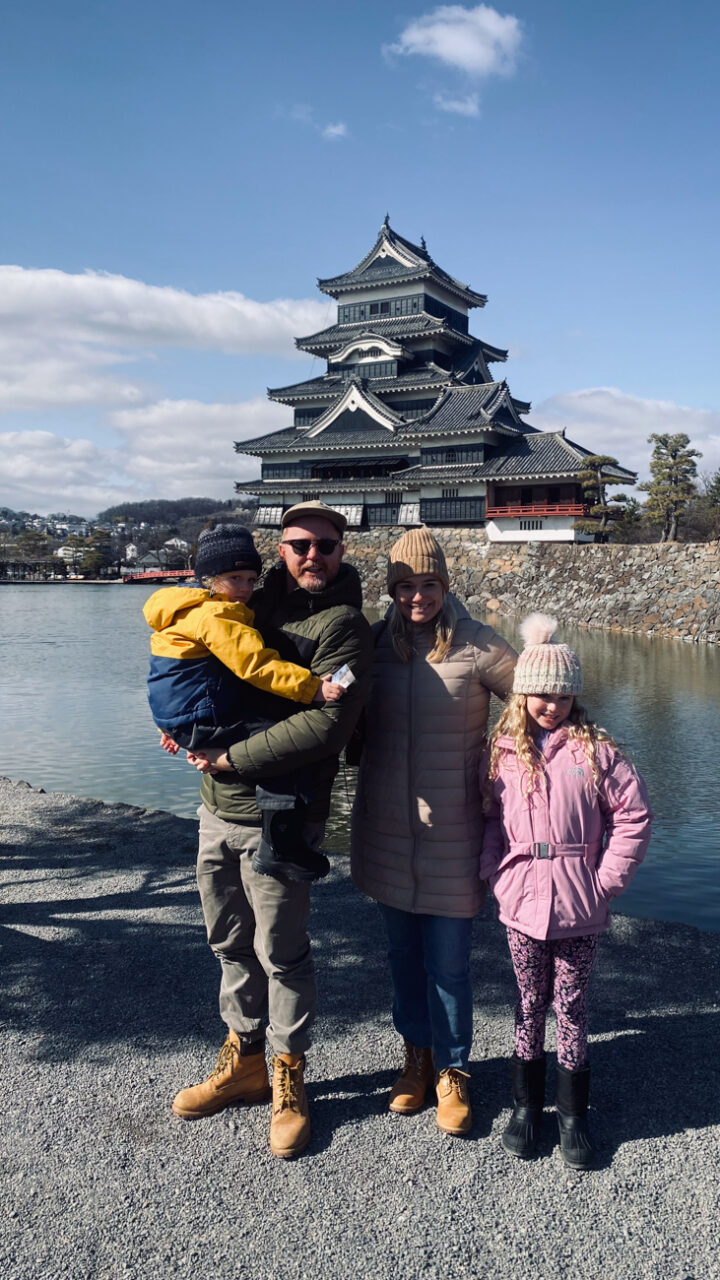
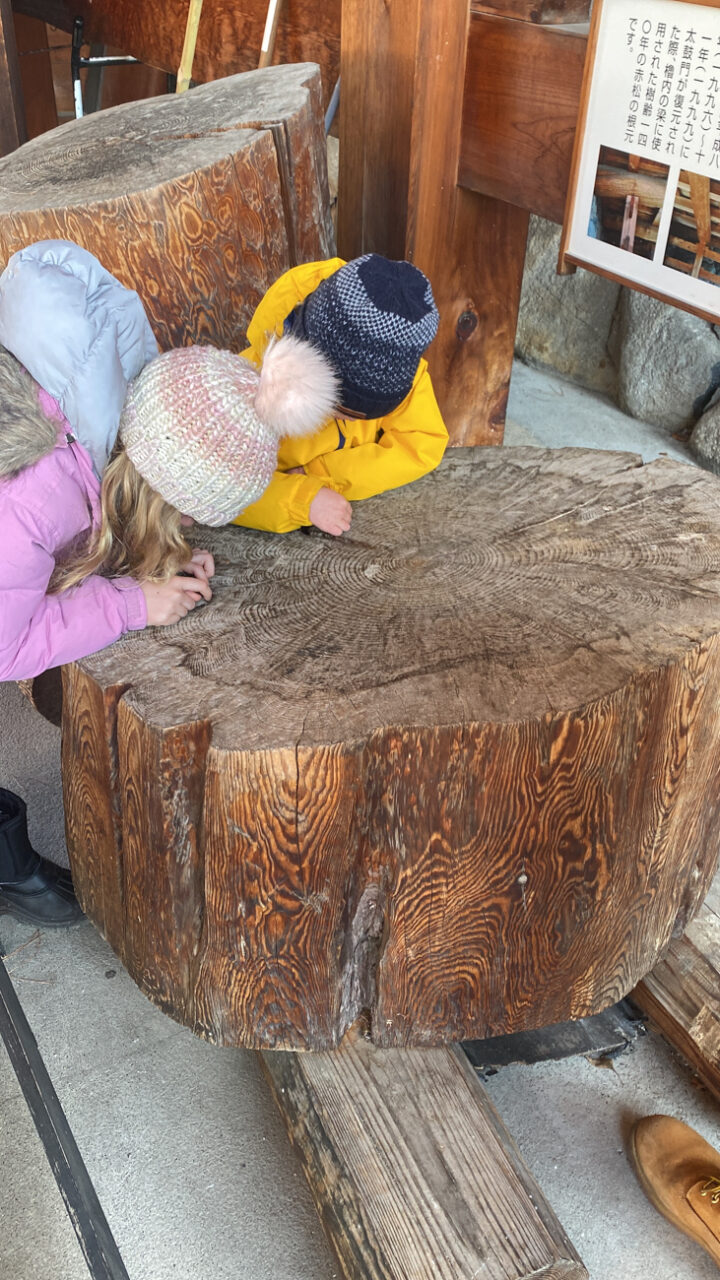
On the way, as we meandered over and down the mountain, we were treated to panoramic views of the lake, the majestic 8 Peaks mountain range, and even glimpses of Mount Fuji on the horizon! We also had the joy and sweet delight of strawberry picking at Lake Suwa Strawberry Gardens, offering a delicious diversion from the wintry chill, leaving us craving more of Japan’s culinary treasures which were satisfied at the Rokuan Katsugen restaurant where we dined on the most delicious Pork Tonkatsu in an original home surrounded by a stunningly manicured traditional Japanese garden.
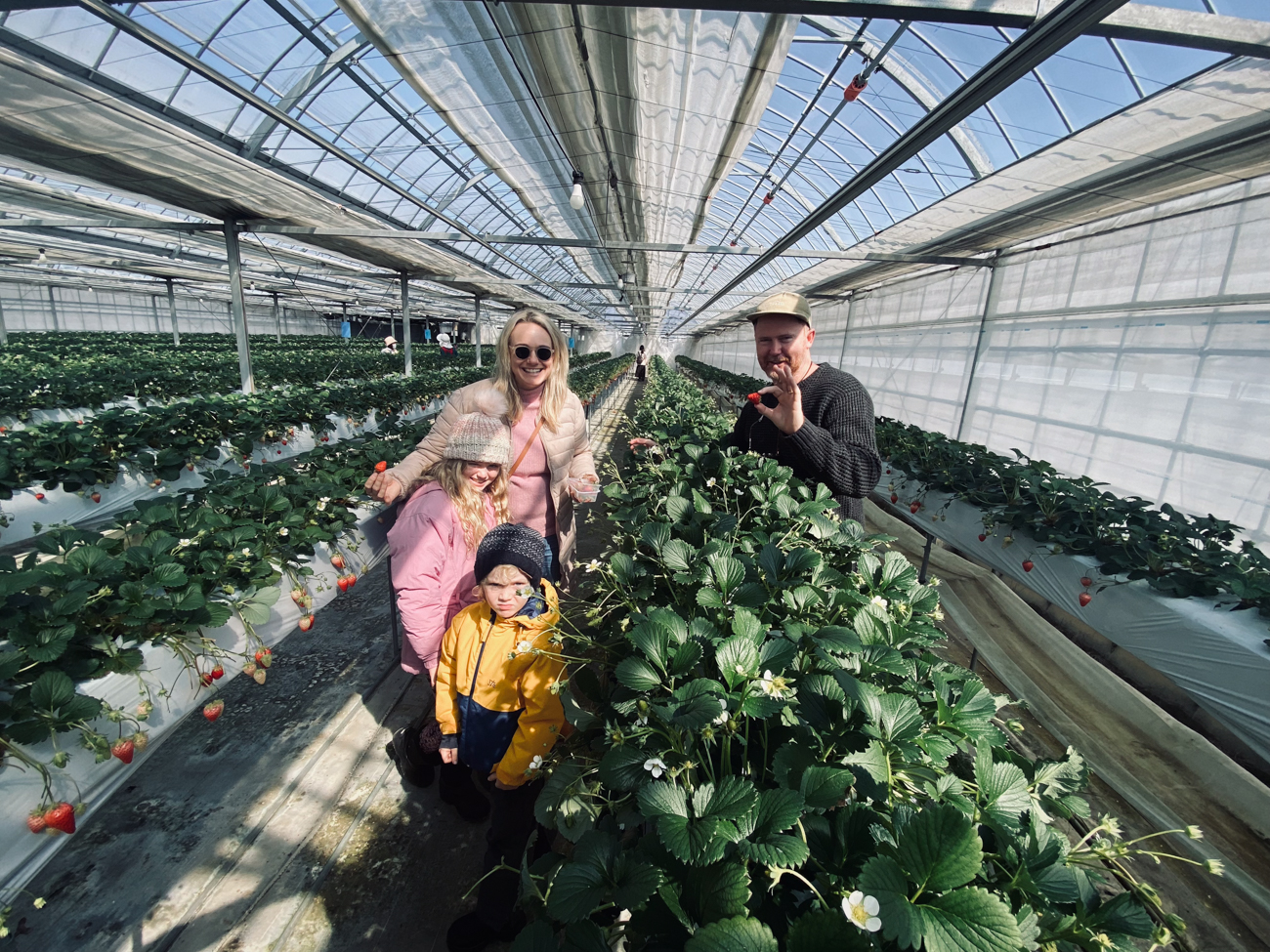
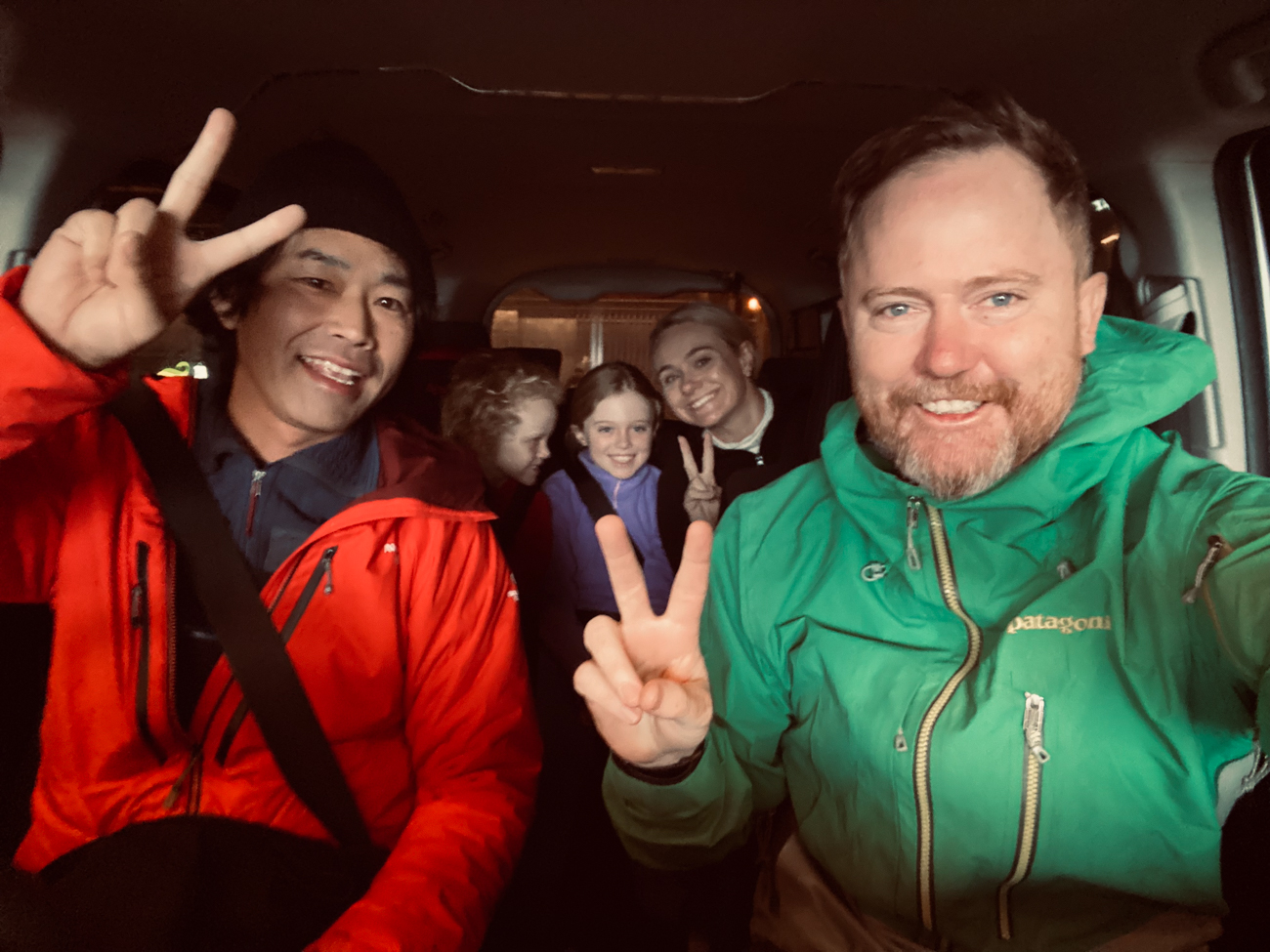
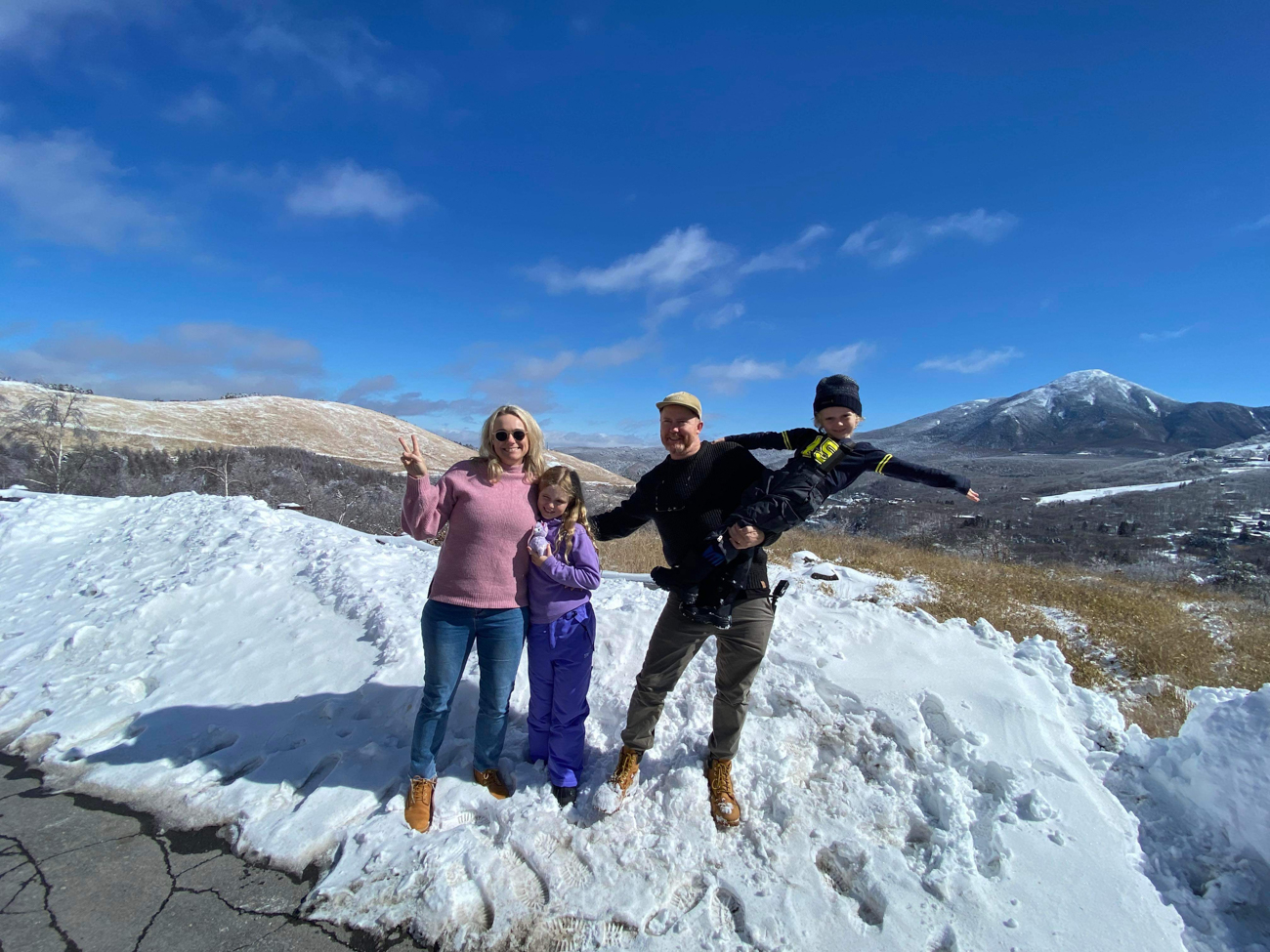
Is 8 Peaks worth a visit with the family?
Absolutely. At the heart of our experience lay the warmth and hospitality of the local people, whose respect for culture and craft left a lasting impression. From the genuine kindness of the hotel staff, our guides (now our new BFFs!), to the humble owner of Ikenotaira, our journey through Nagano Prefecture captured Japan’s enduring beauty and charm.
In Ikenotaira Hotel and 8 Peaks Ski Resorts, we discovered more than just a destination; it was a cultural sanctuary where luxury and family-friendly hospitality seamlessly melded, crafting memories that will endure a lifetime. Whether you’re planning a visit to Japan with your family in winter or summer, this hidden gem belongs on your bucket list.
- He said: I’m importing a Japanese Mini Truck as soon as we get back to Australia.
- She said: I wonder if I can recreate an onsen at home?
- They said: Itadakimasu (いただきます).